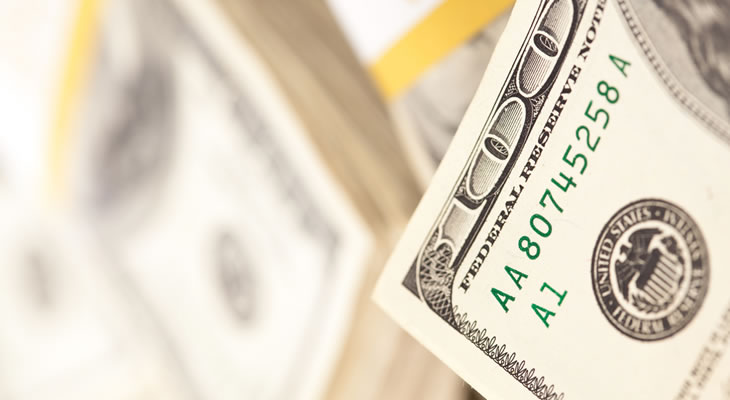GBP/USD Exchange Rate to Trade Low on Lack of Significant Data?
The Pound US Dollar (GBP/USD) exchange rate fell through today’s session as UK retail sales disappointed and US data exceeded expectations.
At the time of writing, GBP/USD is trading at $1.3749, down 0.4% from today’s opening levels.
Pound (GBP) to Extend Retail Headwinds?
The Pound (GBP) fell through today’s session as UK retail sales data printed lower than expectations this morning, at -0.9%. The contraction occurs amidst a resurgence of coronavirus cases and supply disruptions.
August is the fourth consecutive month of falls in sales data, making this the longest period of decline in at least 25 years. Non-food stores reported a 1% decline in trade – driven by falls in department stores (-3.7%) and those selling sports equipment and computers (-1.2%).
Meanwhile, food store sales dropped by 1.2%. Analysts suggest that the easing of hospitality restrictions may have partially prompted the fall, as people shifted spending to services such as eating out.
Retail is set to experience further headwinds going forwards. According to Oliver Vernon-Harcourt, head of retail at Deloitte:
‘Supply chain issues and increased demand will continue to test retail leaders as we enter the Golden Quarter. Christmas will be impacted by these headwinds; there will very likely be shortages in some categories which will force consumers to make different choices.’
US Dollar (USD) Bolstered by US Consumer Sentiment
The US Dollar (USD) found support today as the University of Michigan published a clutch of preliminary data. Given a lack of data to dent USD sentiment at the start of next week, the ‘Greenback’ may continue to enjoy tailwinds.
Consumer expectations beat forecasts at 67.1, with consumer sentiment falling just short of estimates. Inflation expectations for the year ahead increased to 4.7% from 4.6% while the 5-year outlook was unchanged at 2.9%.
Referring to the weaker figures, Richard Curtin, Chief economist for the University of Michigan’s Survey of Consumers, remarks:
‘Some observers anticipated that the early August plunge in confidence would quickly disappear since it was driven by emotions. Emotions have long been known to speed responses, the so-called fight or flight response, which was the adaptive function they performed in early August.’
As trading confidence rises with a recovering US economy, consumer sentiment is likely to rise higher still.
Next week’s Federal Reserve interest rate decision is likely to be the main driver of movement in the near-term, as investors hope for further clarity on policy tightening. The Fed is expected to keep interest rates the same, at 0.25%.


Comments are closed.